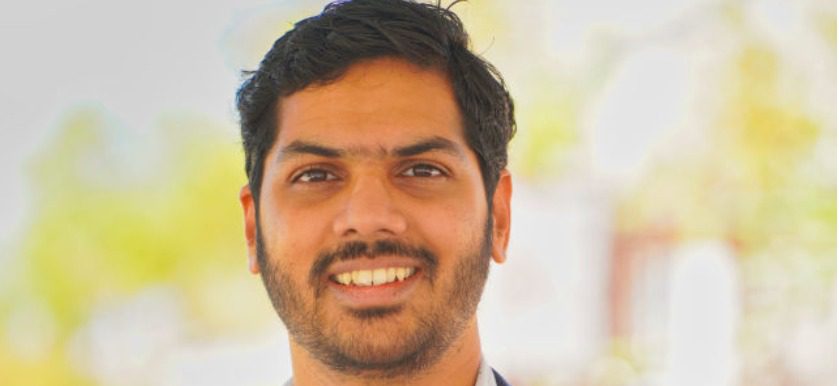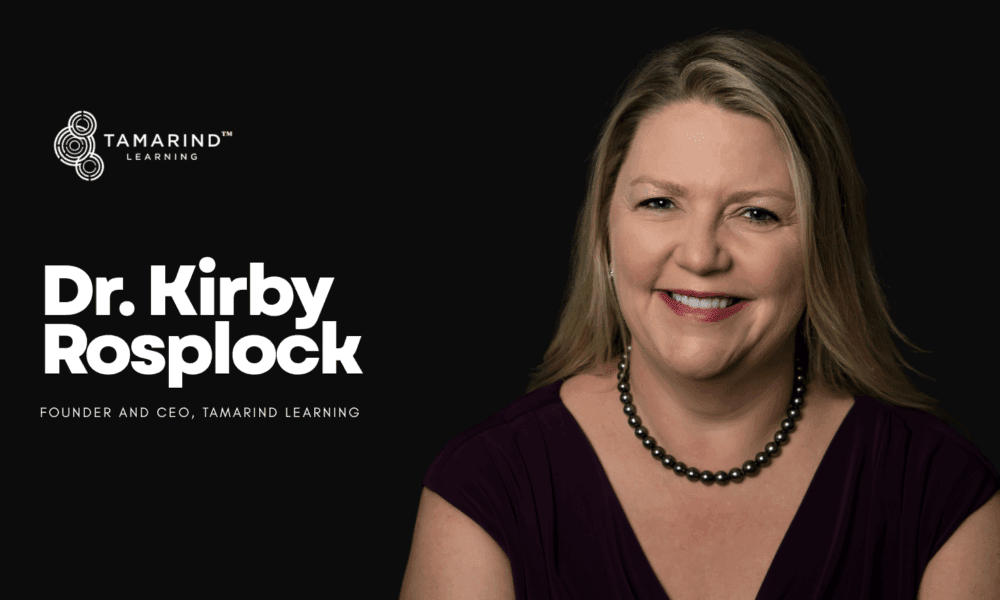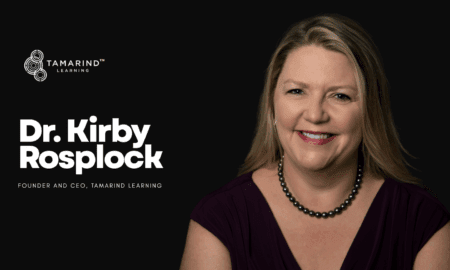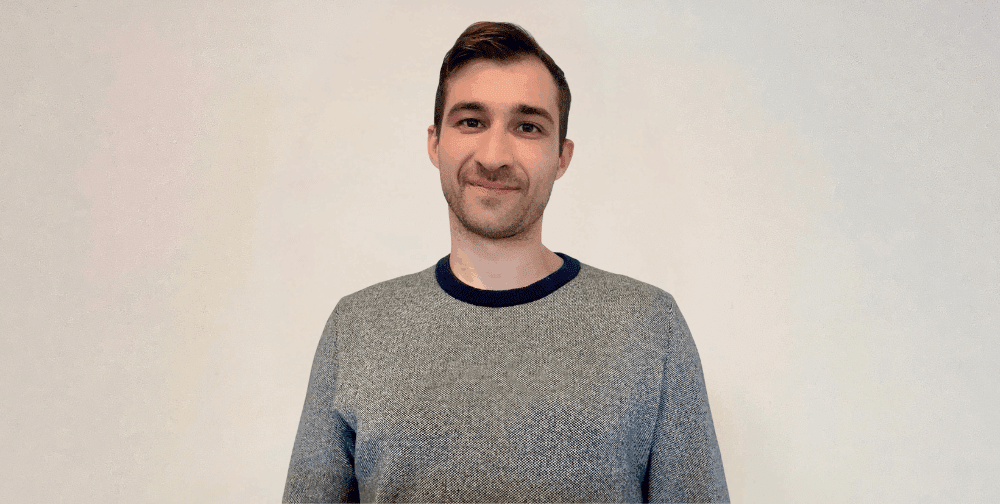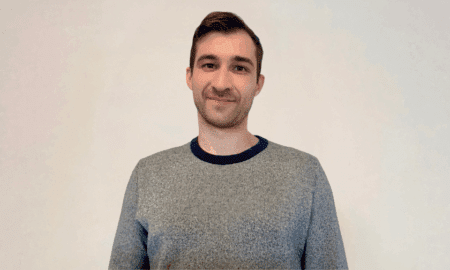Personalization has become the defining battleground of consumer platforms. As digital ecosystems reach billions of users, the ability to deliver relevant, engaging, and safe content at scale determines whether platforms thrive or fade. Today’s frontier is powered by Generative AI, multimodal learning, and real-time experimentation, all converging to make personalization not just reactive, but predictive and creative.
Surya Kalipattapu, Principal Product Manager at TikTok and a Globee Awards for Business judge, has spent more than a decade at the heart of this evolution. With leadership roles at Meta, Zillow, Visa, and Headstrong, he has consistently built AI-driven products that redefined user engagement and set industry standards.
From Novelty to Necessity: AI in Social Discovery
In the early days of social media, personalization meant curated feeds and follower-based content. Today, it requires deep learning systems that can analyze text, music, video, and location data together—surfacing exactly the right experience in a fraction of a second. Platforms that once relied on manual curation now depend on multimodal AI architectures to serve billions of personalized recommendations every day.
Kalipattapu pioneered this shift through the 0→1 launch of Instagram Notes, transforming it from a prototype in late 2022 to a global feature reaching more than 700 million users in just a few months. By integrating AI ranking algorithms, embedding models, and personalization frameworks, Notes enabled users worldwide to share short, expressive updates that built lightweight, authentic connections.
“This was about lowering the barrier to creation,” he explains. “We wanted anyone—not just influencers—to have a tool that felt personal, playful, and scalable.”
Generative AI as Creative Infrastructure
Across the industry, Generative AI is reshaping content workflows, reducing production time and enabling entirely new forms of expression. Where brands and creators once took days to craft posts, AI now generates high-quality outputs in minutes—without sacrificing creativity or safety.
Kalipattapu’s work pushed these boundaries with AI-powered Music Notes and Content Notes, deploying generative models that automated soundtrack and contextual pairing for Notes. The result: faster creative production and richer user experiences. “Generative AI isn’t about replacing creativity,” he notes. “It’s about giving people tools that amplify their imagination at scale.”
His expertise in this area has made him a sought-after voice across the industry, including as a judge for the Business Intelligence Awards, where he evaluates innovations that combine personalization with measurable business impact.
Balancing Personalization with Safety and Diversity
One of the biggest challenges platforms face is ensuring that personalization does not become an echo chamber. Industry observers warn that as recommendation systems optimize for engagement, they risk amplifying bias, narrowing diversity, or surfacing unsafe content.
Kalipattapu tackled this tension by designing real-time experimentation pipelines and global A/B frameworks that optimized personalization across cultural and linguistic contexts. By embedding safety and fairness checks into ranking systems, he ensured that scaling personalization did not come at the cost of diversity or trust.
“Great personalization is not just about relevance—it’s about responsibility,” he says. “Users need to feel represented, respected, and safe, no matter where they are.”
Why It Matters
Kalipattapu’s contributions—from launching multimodal ranking systems to embedding generative AI into user workflows—illustrate how product thinking and AI innovation converge to scale personalization globally. His published insights, such as his reflections on building AI products for social platforms, underscore the industry’s most pressing challenge: making personalization both powerful and human.
“Personalization at scale isn’t just a feature,” he reflects. “It’s the foundation of modern connection. Done right, it creates value not just for platforms, but for billions of people around the world.”

